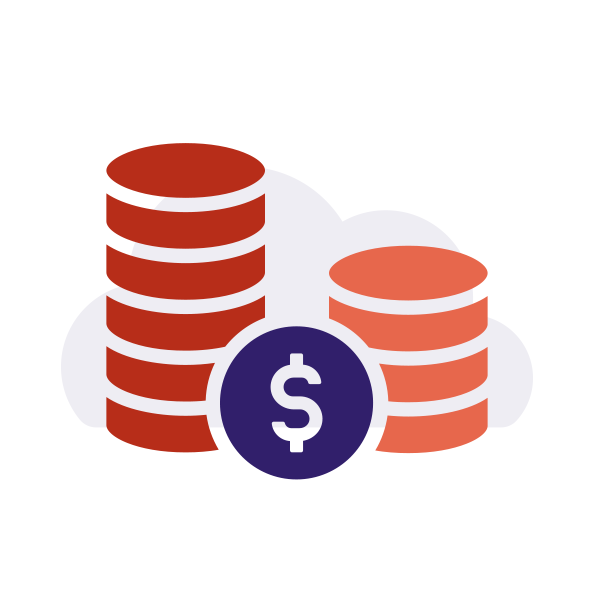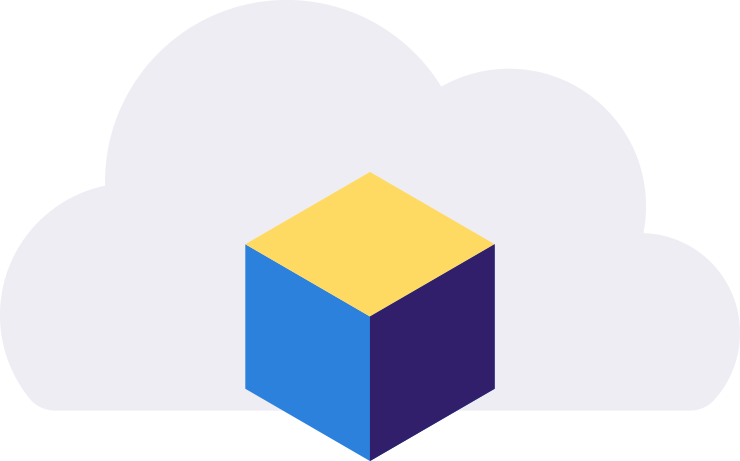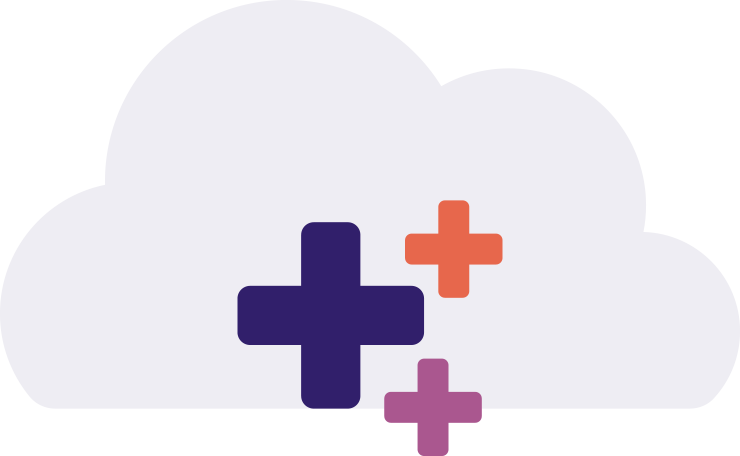
Insights for employers
Salesforce Partners
Attraction and retention
As more businesses recognize the power of Salesforce to transform sales and marketing, demand for expert partner services has surged. A remarkable 79% of Salesforce partners report increased or steady customer demand in the past year. This growth presents an exciting opportunity for partners but also poses significant challenges.
Building a skilled Salesforce team is a competitive sport with serious consequences. Finding professionals with the right certifications and industry experience is often difficult, but there is one factor that could prove extremely useful for hiring partners, and that’s that many Salesforce professionals are interested in partner roles.
In this section, we’ll explore what attracts talent to partner organizations and provide practical strategies for building a strong Salesforce team.
Motivation to work for a Salesforce partner
Over half (54% down slightly from 56% in our last study) of end user employees that responded to the survey would consider working for a Salesforce partner. Factors cited as most likely to attract end user employees to a role with a partner include:


Higher earning potential


Opportunity to expand on skills, knowledge, and experience with Salesforce products


Professional development
| Working on a diverse range of projects | |
| Flexibility in lifestyle | |
| Working with a variety of organizations | |
| To make better use of my skills | |
| To tackle different challenges | |
| Other |
Those respondents who would move to a partner for the higher earning potential would want, on average, a 22% increase in their earnings to make the switch.
We also asked the 23% (down from 26%) of respondents who would not work for a partner why they wouldn’t make the move, with reasons including:
| I'm happy in my current role | |
| I enjoy solving problems from within the business | |
| I consider working for a partner to be stressful | |
| I don't want to travel for work | |
| I've worked for a partner previously, but I prefer the end user environment |
| I prefer working on one big project | |
| I'm not interested in working for a partner | |
| I don’t enjoy the increased interaction with clients | |
| Other |
Conclusion
With over half of Salesforce professionals at end-users expressing an interest in a partner role, there’s a significant opportunity in the talent market for Salesforce partners to attract top professionals from end-user organizations.
Those looking to make the switch tell us they’re primarily motivated by higher earning potential and enhanced professional development opportunities, and to capitalize on this, partners should highlight their commitment to employee growth and learning. By emphasizing the career advancement and skill development professionals can enjoy as part of their team, partners can position themselves as attractive employers.
End-user organizations can also benefit from these insights too. While salary is a significant factor, investing in career progression, certification support, and opportunities for innovation can help prevent your best talent from jumping ship and heading to a partner to get their career development opportunities they want.
How satisfied are partner employees?
Largely, professionals working for Salesforce partners and ISVs are happy in their roles—61% say they're satisfied with their job overall, but this is down from 71% in our previous study, and 75% in the prior survey.
Similarly, 64% (reflective of the same proportion in our last survey but down from 67% in the previous year) are satisfied with their salary.
Demand for partner services
How has demand for Salesforce changed in the last 12 months?
-


 Increased 37%
Increased 37% -


 Stayed the same 42%
Stayed the same 42% -


 Reduced 17%
Reduced 17% -


 Not sure 5%
Not sure 5%
Top Salesforce products, apps, and connectors that have been most in-demand with partners’ clients in the last year


Salesforce
Sales Cloud


Salesforce
Service Cloud


Salesforce Experience Cloud


Salesforce Marketing Cloud


MuleSoft


Salesforce Industries1


Salesforce Commerce Cloud


Salesforce Marketing Cloud Account Engagement2


CRM Analytics3


Slack
1 formerly Vlocity
2 formerly Salesforce Pardot
3 formerly Tableau CRM
How has demand for Salesforce migrations changed in the last year?
-


 Increased 31%
Increased 31% -


 Stayed the same 36%
Stayed the same 36% -


 Reduced 6%
Reduced 6% -


 Not sure 28%
Not sure 28%
Implementation of third-party integrations
Partner employees say their clients more often implement both an additional Salesforce product and a third-party integration together (50%) than implement an additional Salesforce product (23%) or a third-party integration (14%) individually.
What are the potential project pitfalls when working with end user clients?
| Scope creep (changes in a project's scope) | 54% |
| Lack of communication from/between stakeholders | 47% |
| Reluctance/resistance from some employees to adopt the new technology | 39% |
| No clear objective from the customer on what they want from their Salesforce product | 34% |
| Data migration issues | 33% |
| Lack of training given to frontline staff using the product | 32% |
| Issues managing expectations on what is possible with Salesforce | 32% |
| Lack of appropriate skills in the organization to manage the product | 31% |
| Difficulties migrating data from legacy system to Salesforce | 29% |
| The end user organization isn't ready for the business change | 24% |
| Funding ran out/budgetary constraints | 22% |
| Shortage of resource in the end user organization available to manage the product | 20% |
| Lack of project goals and benchmarks | 19% |
| Lack of stakeholder buy-in | 17% |
| Price negation | 9% |
| None | 3% |
| Other | 2% |
Scope creep was once again the main issue which partners have told us that end users face on a project.
MASON FRANK’S
CAREERS AND HIRING GUIDE
KEY FINDINGS 2025



